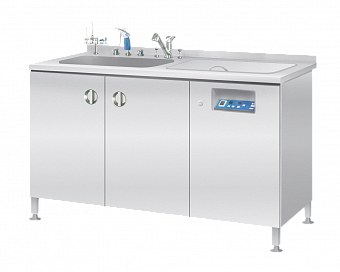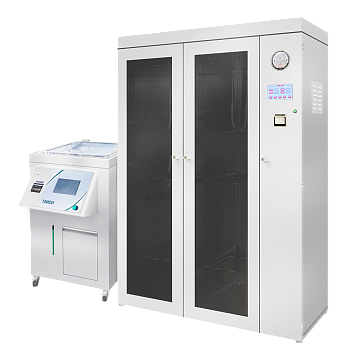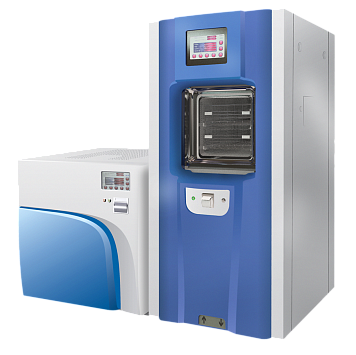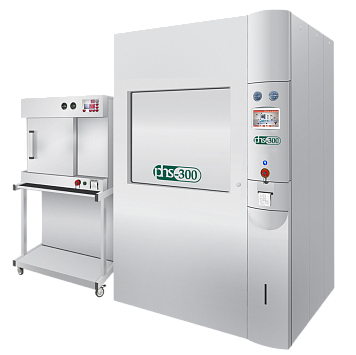Ultrasonic cleaning (bath) is necessary for cleaning metal or plastic products from various contaminants. Ultrasonic cleaners are most actively used:
- By medical institutions, where tools must undergo mandatory disinfection. In addition to disinfection, pre-sterilization treatment is also carried out. To protect both themselves and the patients from infection, for example, with items of dental equipment, medical workers expose them to ultrasound in special devices. This makes it possible to contact the tools being confident that they are completely safe;

-
In beauty salons. Tools used, for example, for manicure, must be decontaminated;
-
Service station workers. Service stations perform regular disposal of contaminations. Ultrasonic cleaning is an excellent option for cleaning a variety of spare parts and car parts;
-
For cleaning jewelry, watches. Making accessories look more attractive is the task of everyone who wants to look stylish;
-
By enterprises involved in the food industry. Ultrasonic cleaning helps not to forget about the stage of disinfection of containers and boxes.
The principle of operation of the device and its structure
Cleaning of tools implies placing them in an ultrasonic cleaner bowl, into which water was previously poured and a detergent added, and turning it on. It is not recommended to fill the bowl to 100%, as the tank efficiency will reduce significantly. When the container is filled by 30–70% of its total volume, no more items should be added. The ultrasonic cleaner filled in this way can successfully fulfill its function.
The effect of the ultrasonic device is based on cavitation. The point of this process is the formation and instant destruction of air bubbles. The depth of cleaning is determined by the ability of these bubbles to come into contact with the surface of inventory items, after which they immediately collapse "forming" a large number of shock waves.
Advantages of using ultrasonic washers
-
Cleaning of tools of complex shapes that are difficult to clean manually;
-
The option of not only cleaning, but also disinfecting the items from cosmetic sets, without worrying that they will lose their useful properties (become dull or get damaged otherwise);
-
The option of ultrasonic cleaning to completely remove contaminants, such as blood, biological tissues, traces of drugs, fat, etc., as well as to carry out disinfection. Surgical and dental tools must always be in a perfect condition;
-
Quite fast washing process with cost-effective consumption of electricity;
-
No need to use organic products (solvents);
-
Effectiveness of the ultrasonic cleaner. The device is capable of cleaning even the smallest holes;
-
Reduced manual labor costs. Ultrasonic cleaning allows the personnel of medical facilities to save time spent on the treatment and cleaning of instruments (thanks to automated technology);
-
Minimization of actions for cleaning the device itself. Ultrasonic cleaning does not require special care as it practically does not get dirty. The only thing to be done after the process is finished is to clean the stand, which is removable.
Specifics of using the devices
Try to follow the recommendations in the process of using the ultrasonic cleaner (bath):
-
Leave a minimum of 0.3 cm between the items to be cleaned and the bottom of the device
-
Rinse the instruments after the cleaning process is finished to completely remove chemicals from them, otherwise the remaining substances may negatively affect the quality of the items
-
Do not turn on the device that is not filled with liquid
-
Do not leave the cleaner turned on for a long time. There is a risk of lowering the level of the detergent solution, which may damage the bath
Taking into account these and other nuances, you will ensure long-term trouble-free operation of the ultrasonic cleaner.
For more detailed information about the equipment, you can contact us using any of the methods specified in the "Contacts"







